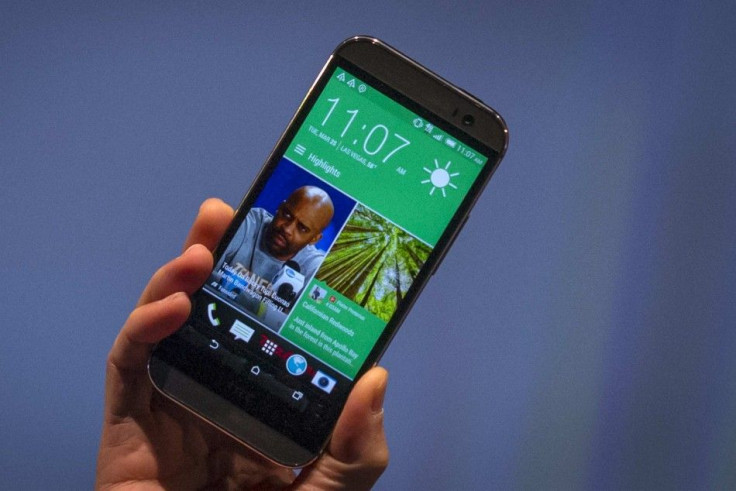HTC One M8 Nexus 6 vs. Moto X2 (X+1) Google Play: Which Is The Better Vanilla Android Phone?

Rumour has it that the Nexus 6 on release date could take after the impressive HTC One M8, dubbed by many experts as the best Android smartphone to come out in 2014.
Yet another contender surfaced, the Moto X2 that recent leaks also referred to as the Moto X+1, making for a very interesting next Nexus phone race.
Android fans will definitely welcome a Nexus 6 that is largely based on the pretty and beastly HTC One M8 and so is a Moto X-patterned make. The Motorola device, however, is seen as close enough to being a Nexus device so for the realistic, the closest it could get to in becoming Nexus is wearing the Google Play Edition shell and all its features.
In pitting the two, which would make the cut as the better native Android? The answer lies in the following sentences:
Design and body build
One word describes the M8 - solid. Encased mostly in aluminium at the back and side portions and Corning Gorilla Glass on front, the HTC One looks quite alluring and tough at the same time. Reviewers are consistent in declaring that they'd pick the M8 at any given over any Android, the Galaxy S4 and S5 including. This should be the same if the HTC One M8 gets emblazoned with the Nexus branding.
On the other hand, the first Moto X is plastic-wrapped for the most part and there is no reason so believe that Motorola is implementing a different design language in the second build. In this respect, the choice is clear and easy for device shoppers.
Customisation options
Yet one strength that Moto X, and likely the Moto X2, is proud about is its 'flexible build' that allows users to personalise the phone to their taste and mood. Among the host of customisation features, the removable back cover is a delight not only to interchange multi-colour back panels but also to slide in an extra batter when the stock energy pack runs out of juice.
The M8, like its older sibling, does not permit tinkering or hardware modifications as the shell is locked and sealed that discourage any intention of prying open. That leaves only one way of personalisation for HTC users - case cover that at times makes the device bulky.
And there is no way to extend the device's operating hours with an extra battery.
Specs
A quick look of the Moto X specs below should give an idea what the Moto X2 will be capable of:
- 4.7-inch 1280 x 720p HD display
- 1.7GHz dual-core Snapdragon S4 Pro on Motorola X8 System with 2GB of RAM
- 10ClearPixel camera and 2MP front
- 2200mAh battery
The most to expect on the 2014 build is incremental improvements as Motorola want to maintain affordability that made the Moto X a certified hit.
Then a check on the HTC One M8 below somehow paints where most of the favours will gravitate:
- 5-inch 1920 x 1080 HD display
- 2.3GHz quad-core Snapdragon 801 with 2GB of RAM
- 4Ultrapixel camera (dubbed too as second Duo Camera) and 5MP front with dual flash
- 2600mAh battery
Software
Almost no difference in this area as a Nexus 6 that is patterned after the HTC flagship will be stripped of the Sense skin, leaving only pure Android for users to relish. The same goes for the Moto X2 on Google Play render. The latter will behave in almost the same manner as KitKat and succeeding Android iterations are similarly optimised for high-end and mid-range devices.
Pricing
Unlocked, the HTC One M8 requires $650 cash setback to take home. Should it become the Nexus 6, the price could go down to $400 at the lowest level, which also means that some of the incredible specs from the original will be significantly tone down.
Not in the case of a Moto X2 Google Play, which likely will mirror the first Moto X starting price of $350 while keeping all its upgraded specifications on release date.




















